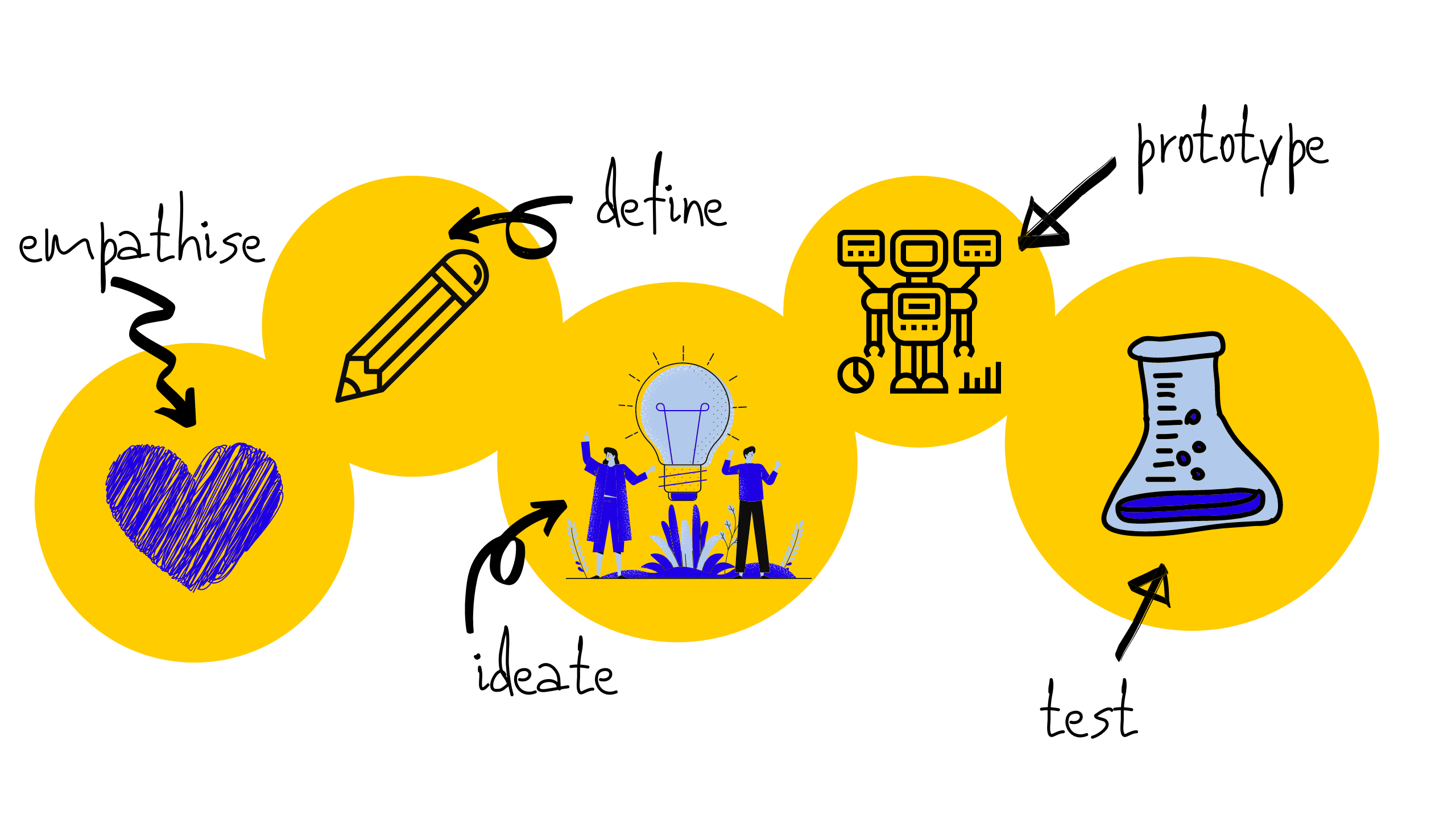We get it. Doing things differently can be confusing, a little daunting, but mostly interesting and exciting we hope!
At Lawbox we look to change the traditional way of doing law by focusing on client goals and end-user needs. But we do get that you probably have questions on just how this works – check out our frequently asked questions below (let us know if there’s a glaring omission though!)…
What is legal design?
Legal design is applying design-thinking principles to the world of law and, importantly, making legal services and systems more human-centered, usable, and engaging.
What does this mean in practice?
It means that the lawyers who work with you will really try to understand what it is you are trying to achieve. They will shun archaic legalisms in favour of clear language. They will make documents that you feel compelled to read. They will think about the people who need to read and act on what we produce.
What is legal design thinking?
Legal design requires a change of mindset. That stems from the fact that legal designers adopt design thinking in the way they practice the law. Design thinking is an iterative approach to thinking about and empathising with the users and other stakeholders and working through the solution.
 Are legal designers also lawyers?
Are legal designers also lawyers?
Yes….and no! Our Lawboxers are lawyers, however, one of the strengths of legal design is that it encourages multi-disciplinary teams. So, you might find our lawyers working with designers or project managers. This helps us to achieve a better result for you.
Can we use our own designers?
“The Legals” and “Lawyers” are usually seen as blockers rather than enablers. They are often as far removed from the brand as can possibly be. However, your contracts and legal documents are often key touchpoints for clients, and moving them to something that is on-brand can help enhance your customer’s journey with you. We can work with your designers to create something that does what it needs to do from a legal perspective, but also do what you need it to do from a brand perspective.
Does legal design improve access to justice?
You might have seen legal design discussed in the context of access to justice. Why? Because one of the philosophies that sit behind legal design thinking is that in using design thinking, the law can be made more accessible to the people who need to use and understand it. Our best example of that? Law Dojo. Fun legal games?! Oh yes…
Is legal design just another buzzword?
If nothing else legal design is a process for continuous improvement. The application of design thinking principles offers us a structure and a formula that’s been proven in many other sectors and industries to develop magnificent products and services, so why would anyone in the legal sector want to overlook this and simply label it as a fad?
Perhaps the reason some lawyers are quick to conclude that legal design is just a buzzword is that they’re simply not ready to change and don’t recognise that change is needed. After all, legal design does require a shift in mindset. It asks us to be brave and to step out of our comfort zone of only providing ‘perfect’ answers that we ‘know’ are right. It forces us to think creatively, about the users of our services and legal solutions, and it requires us to accept the fact that we’re not going to get things right first time, every time.
Why?
We think there are very few people that could argue the legal industry isn’t ripe for change and innovation, and we think that one of the most important questions you can ask when looking to innovate is ’why?’. Legal design provides us with a mechanism for answering this question, and then for interrogating those answers to help create innovative ideas and solutions.